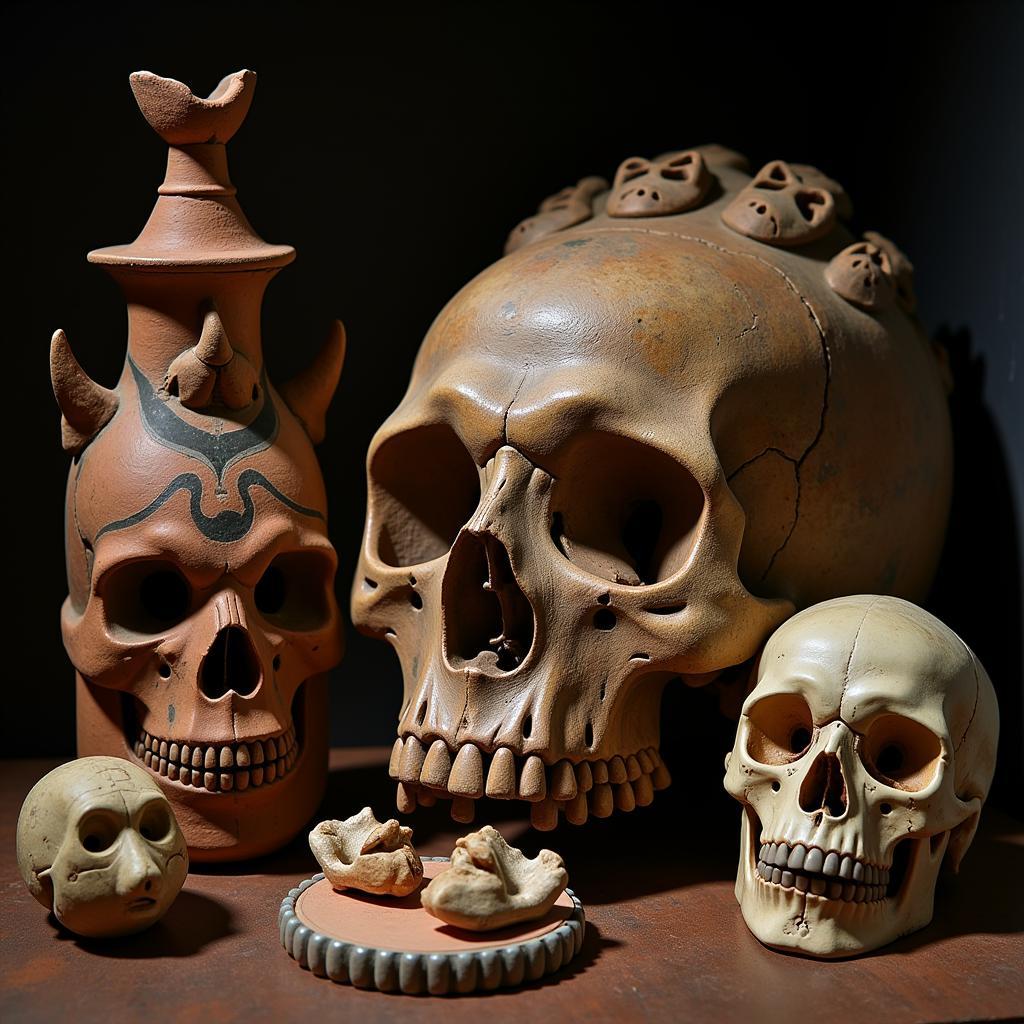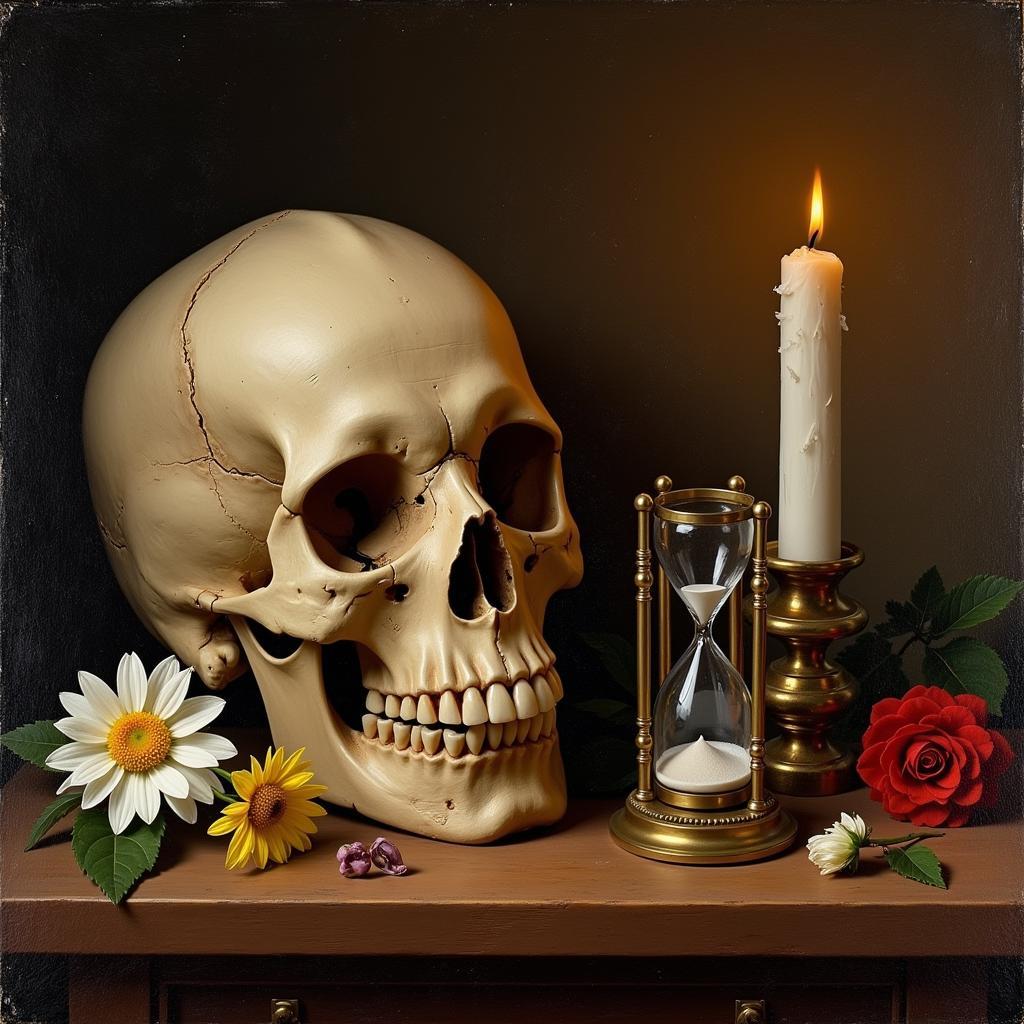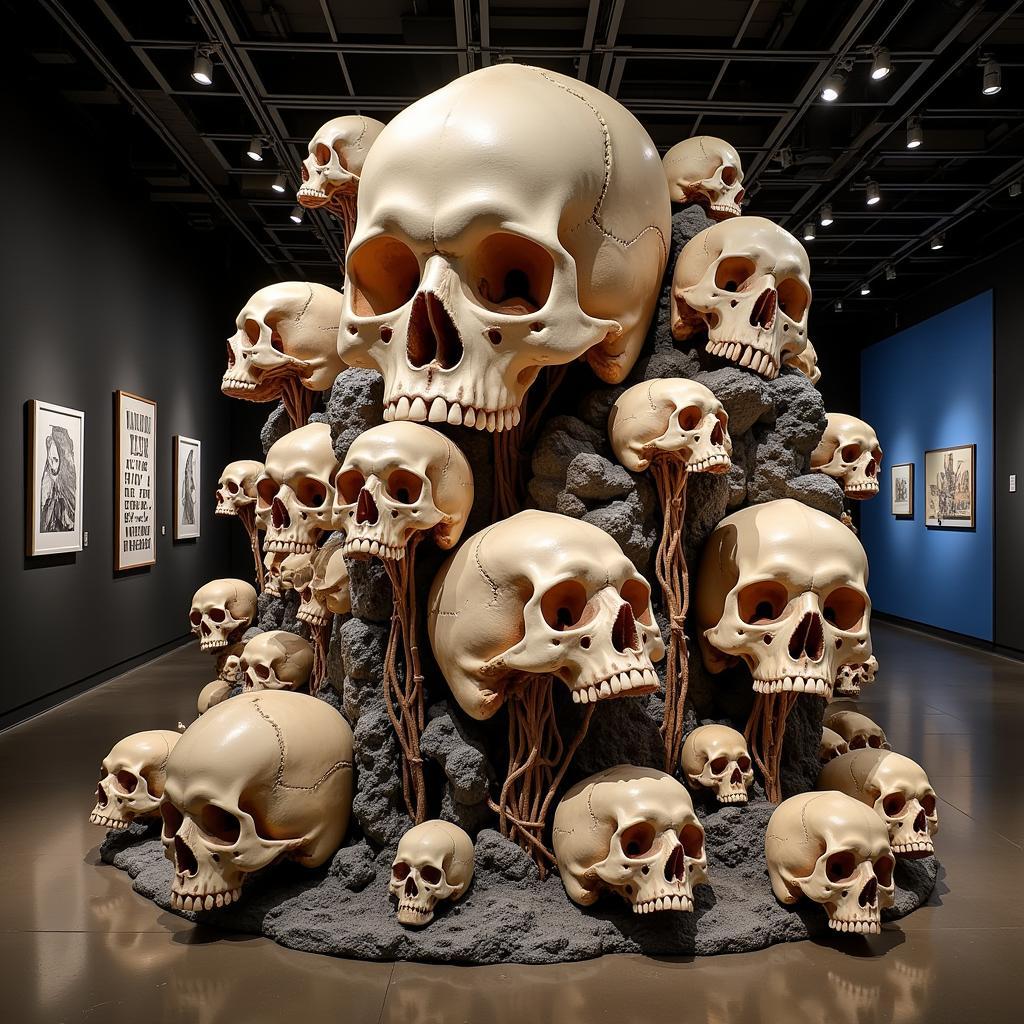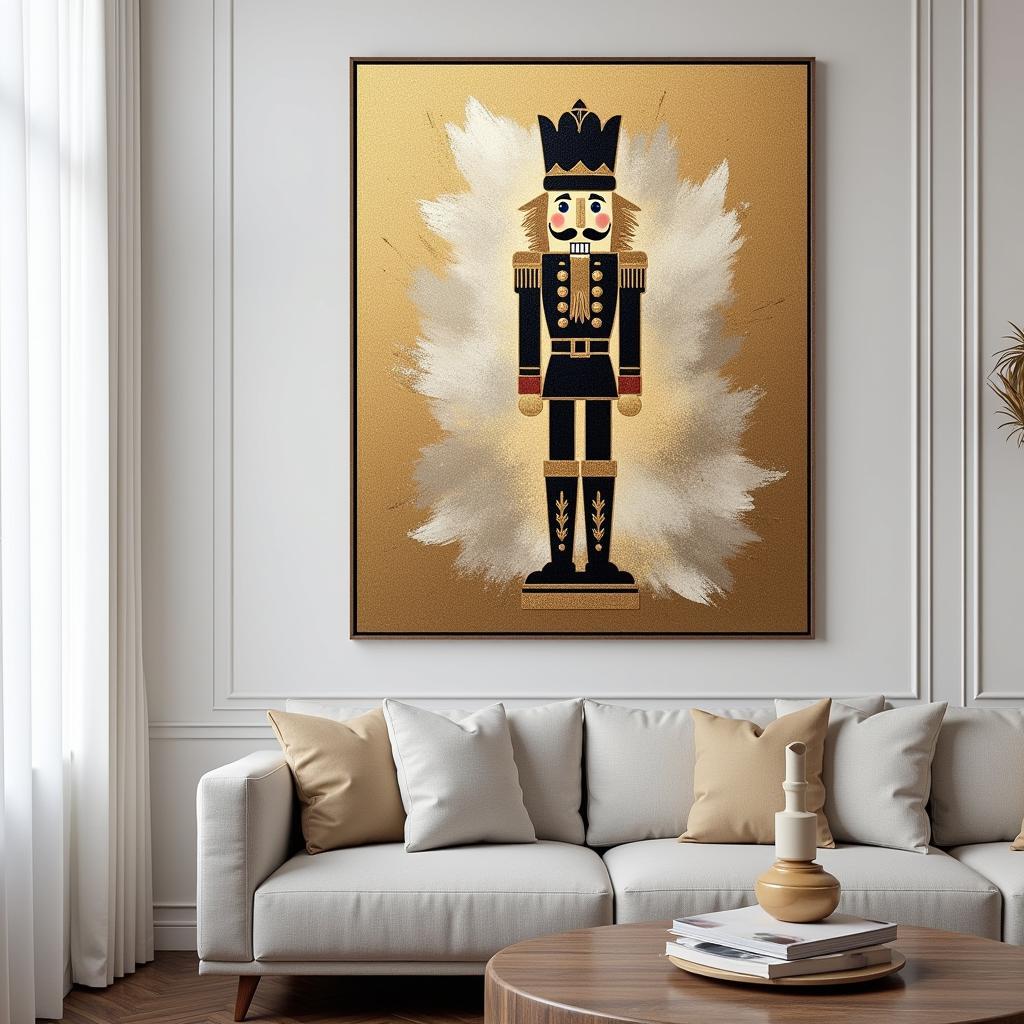Delving into the Depths of Human Skull Art
Human Skull Art, a captivating and often controversial subject, occupies a unique space within the art world. It’s a potent symbol that transcends cultural boundaries, appearing in various forms throughout history and serving as a source of endless fascination and artistic exploration. From ancient rituals to contemporary canvases, the human skull continues to enthrall and inspire. This article delves into the intriguing world of human skull art, exploring its historical context, cultural significance, and its enduring presence in modern art forms.
 Ancient Rituals Using Human Skull Art
Ancient Rituals Using Human Skull Art
A Journey Through Time: The History of Human Skull Art
The use of human skulls in art can be traced back to the dawn of humanity. Archaeological evidence suggests that early humans attributed spiritual significance to the skull, viewing it as the seat of the soul or spirit. This reverence is evident in ancient burial practices where skulls were often decorated, painted, or even reconstructed.
For example, the practice of skull modification, where the skull was intentionally deformed from infancy, was prevalent in many cultures. This deliberate alteration of the skull, often to achieve a desired aesthetic or signify social status, highlights the profound importance placed upon the human skull as a canvas for cultural expression.
Death and Rebirth: Symbolism of the Skull
The human skull, as a symbol, transcends its morbid associations with death. It serves as a powerful reminder of mortality, prompting reflection on life’s fleeting nature and the inevitability of death. This contemplation of death, however, is not always perceived negatively. In many cultures, the skull symbolizes rebirth, transformation, and the cyclical nature of life.
 Memento Mori Still Life: Human Skull in Art
Memento Mori Still Life: Human Skull in Art
The “memento mori,” a Latin phrase meaning “remember you must die,” encapsulates this sentiment. This artistic genre, particularly popular during the Renaissance, often featured skulls as central motifs in still life compositions. These works served as visual reminders of life’s impermanence, encouraging viewers to live each day to the fullest.
From Canvas to Skin: Human Skull Art in Contemporary Culture
The allure of the human skull persists in contemporary art and culture. From the macabre elegance of love and death art to the striking imagery found in underworld art, the skull maintains its position as a potent symbol. It’s embraced by various subcultures, notably the tattoo community, where skull tattoos are often chosen for their rich symbolism and aesthetic appeal.
 Contemporary Human Skull Art Installation
Contemporary Human Skull Art Installation
Movies and music also frequently incorporate skull imagery, often to evoke themes of danger, rebellion, or the macabre. The iconic silence of the lambs poster art, with its chilling depiction of a death’s-head hawkmoth superimposed on a woman’s mouth, serves as a prime example of how skull imagery can be used to create a lasting cultural impact.
Conclusion: The Enduring Legacy of Human Skull Art
Human skull art, with its long and complex history, continues to fascinate and inspire. From ancient rituals to modern expressions, the human skull remains a potent symbol that transcends cultural and temporal boundaries. Its ability to evoke a wide range of emotions and prompt contemplation on life, death, and the human condition ensures its enduring presence in the art world. Whether embraced for its aesthetic beauty, its symbolic depth, or its cultural significance, human skull art is a testament to the enduring power of this universally recognized symbol.



